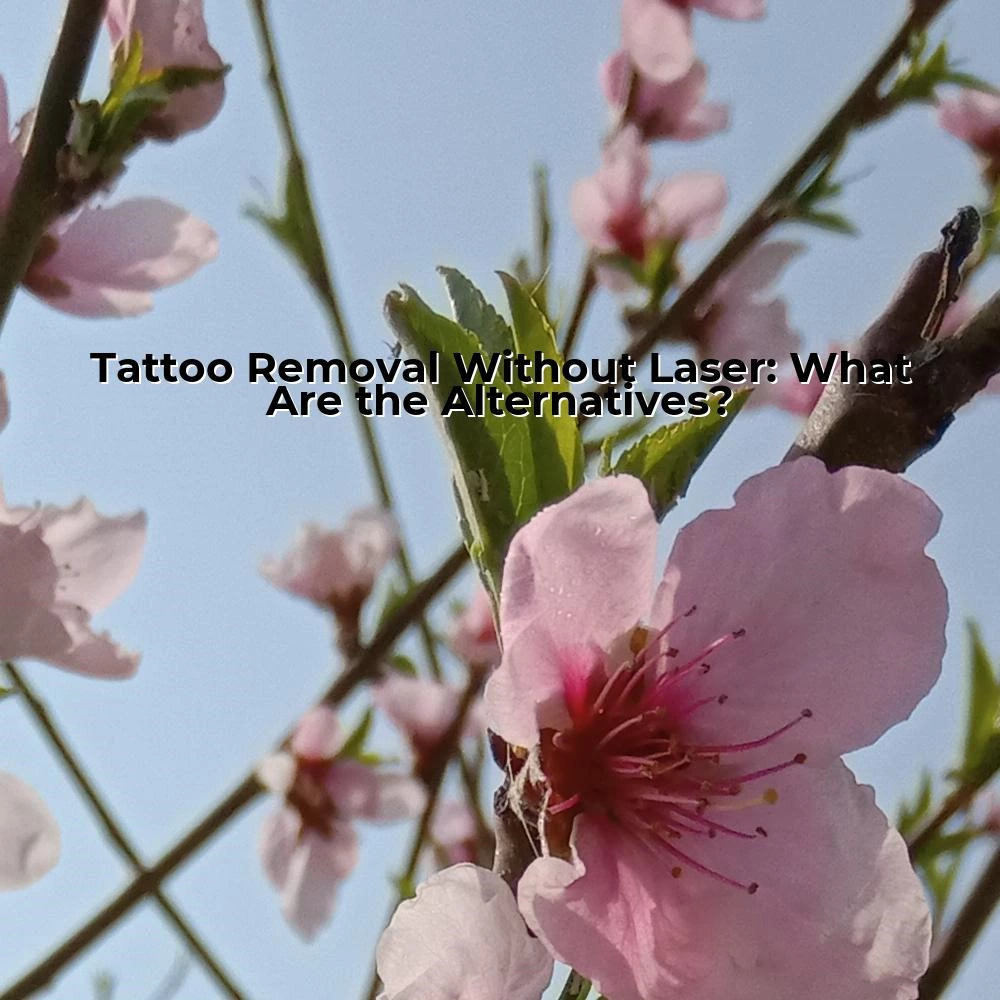Tattoo Removal Without Laser
| Visit:101

Tattoo Removal Without Laser
As a doctor, you are undoubtedly aware that tattoo removal is a common procedure in cosmetic and dermatological clinics. While laser treatments are most commonly used in the medical setting, a number of patients express reservations about the process. Perhaps they have been confronted with horror stories involving high levels of pain, undesirable side effects, or poor results. This article serves as an exploration into alternative methods for tattoo removal without laser, offering solutions that can widen your remit and increase the options for your patient clientele.
Non-laser tattoo removal techniques exist and are rapidly gaining traction. The first approach is the intensive Tattoo Removal Creams. Many brands and types are available commercially, promising to fade tattoos gradually over time. These creams function by working on the top layer of skin, but the tattoo ink resides deeper, making effective results a challenge. Nevertheless, these creams could potentially lessen the tattoo's visibility. However, the scientific backing for these products is relatively limited and they may not be completely effective.
Next is the Dermabrasion and Salabrasion method. Dermabrasion involves the “sanding” of skin with a rotary device to remove the tattoo's surface and middle layers. It is usually performed under local anesthesia due to discomfort and possible pain. Salabrasion operates on a similar mechanic, where a solution of salt and water is applied to the skin before using an abrasive tool. It's important to note that both of these methods are invasive, may cause scarring or pigmentation changes, and do not guarantee complete tattoo removal without laser.
Tattoo removal without laser can also take the path of excision. This surgical intervention is especially common for smaller tattoos. Here, the tattoo is cut out, and the skin stitched back together. For larger tattoos, skin grafts from another part of the body may be required. As a surgical procedure, there is always a risk of infection, scarring, and imperfect suturing.
Another alternative for tattoo removal without laser is the injection or application of certain chemicals. TCA (Trichloroacetic Acid) is a kind of skin-peeling agent that removes skin layers, aiming to reach the tattoo ink. This method has risks of burns, skin discoloration, and does not guarantee total ink removal. There's also the less common Tattoo Vanish, an all-natural product injected in the same manner as the original tattoo was applied. However, the use of these solutions remains debatable due to possible adverse effects.
Our focus on tattoo removal without laser would not be complete without discussing the methodology of ciellulu.net. This technique, known as Rejuvi, involves the use of a specially formulated cream, injected into the skin in much the same way as the original tattoo. The cream bonds with the tattoo pigment and draws it to the skin surface, eventually forming a scab that later falls off. Among the alternatives, Rejuvi has been reviewed as less painful, less scar-inducing, and more effective in pigment removal than others.
In conclusion, alternatives to laser tattoo removal are available, each with their own benefits and drawbacks. As the landscape of these procedures continues to evolve, professional discretion is advised when suggesting an option to a patient. Regardless of the method, it's important to provide well-informed, professional advice to each patient considering tattoo removal without laser, offering them a variety of possibilities and setting realistic expectations for results and side effects.
Source: Tattoo Removal Without Laser




 Ciellulu Laser - Facial Machine Supplier
Ciellulu Laser - Facial Machine Supplier

